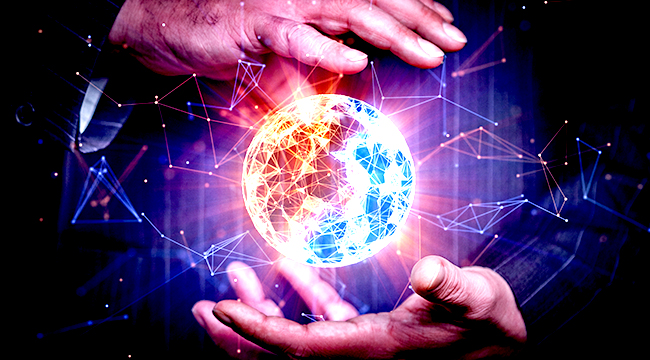
Holographic technology has captured the public’s imagination since the 1960s and 70s, when science fiction films first started to depict theoretical future applications of the then brand new medium. A hologram is a photographic recording of a light field that is able to recreate and present an image in full 3D. Since their creation in 1962, holograms have been utilized in far more practical ways than the sensationalized depictions from science fiction — everywhere from the security strips found in Blu-Ray and CD cases to anti-theft technology that’s present in our credit cards and IDs.
Current advances in holographic technology have opened the door for holograms to become an even bigger part of our lives — shaping everything from how we navigate while we drive to how our doctors diagnose illness. We’re not even too far off from holograms being utilized in ways we’ve only ever seen in movies, finally catching up to our cinematic-imaginations of how holographic technology might develop.
Here are the most innovative ways we’ll utilize holograms in the near future.
Holograms Will Change The Way We Drive Cars
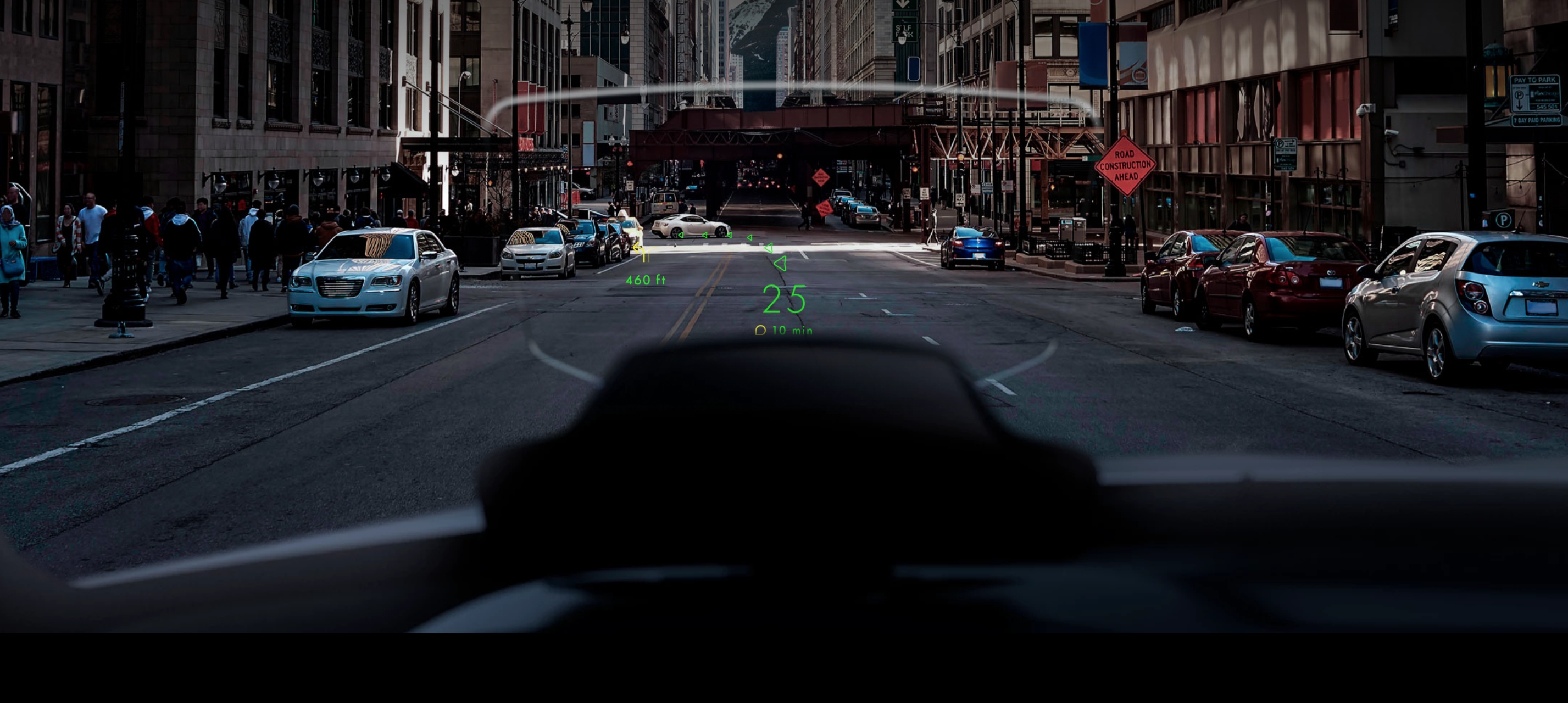
Holographic technology is already being used in cutting edge navigation systems — creating holographic Augmented Reality. Through a dashboard-mounted projector, these systems will produce a holographic overlay of navigation data on the windshield of your vehicle, giving real-time turn-by-turn directions and identifying and highlighting hazards, keeping the driver’s eyes on the road and free from distractions.
The use of the holographic optical element makes it possible for the driver to reap the benefits of the AR technology without the use of special goggles or headsets that would otherwise create additional distractions. With technology that continuously maps the surrounding environment while also tracking the car’s location in relation to the environment, as well as easy gesture controls which allow the driver to execute commands without being distracted by the dashboard, holographic technology is set to have a huge impact on the safety of automobiles in the near future.
Holograms Will Change The Way Doctors Examine Patients
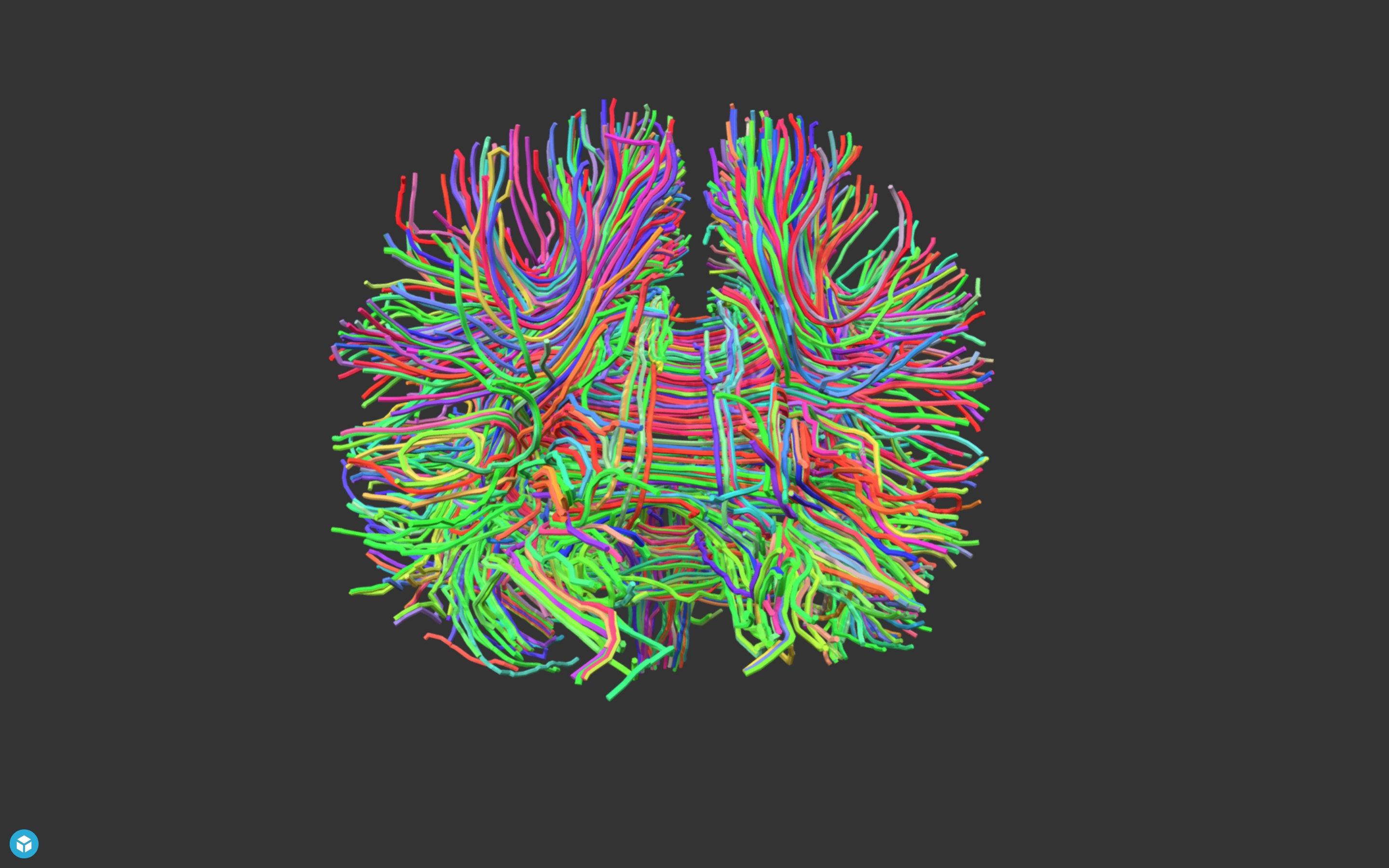
The medical field makes use of holography as a tool for training students and surgeons and may soon allow doctors to visualize patient data and aid with diagnosis. Currently, systems like Magnetic Resonance Imaging and ultrasound scans have the capability to generate complex data, but that data is only viewable as a two-dimensional image on a computer.
Holoxica, a 3D holographic visualization company, specializes in using the type of data produced by MRIs to create full-color computer generated 3D holograms with their holographic printing technology, allowing doctors, patients, and medical students to visualize 3D data in a completely interactive way. Professor Gordon Findlater of the University of Edinburgh — where Holoxica started — has high hopes for the tech, remarking that “Teaching the true 3D structure of the human body to medical students can be challenging when teaching material is largely all in 2D. We hope that this Hologram and others that we make in the future will introduce our students to a novel and innovative way of visualizing 3D anatomy.”
Holograms Will Change The Way The Military Plans
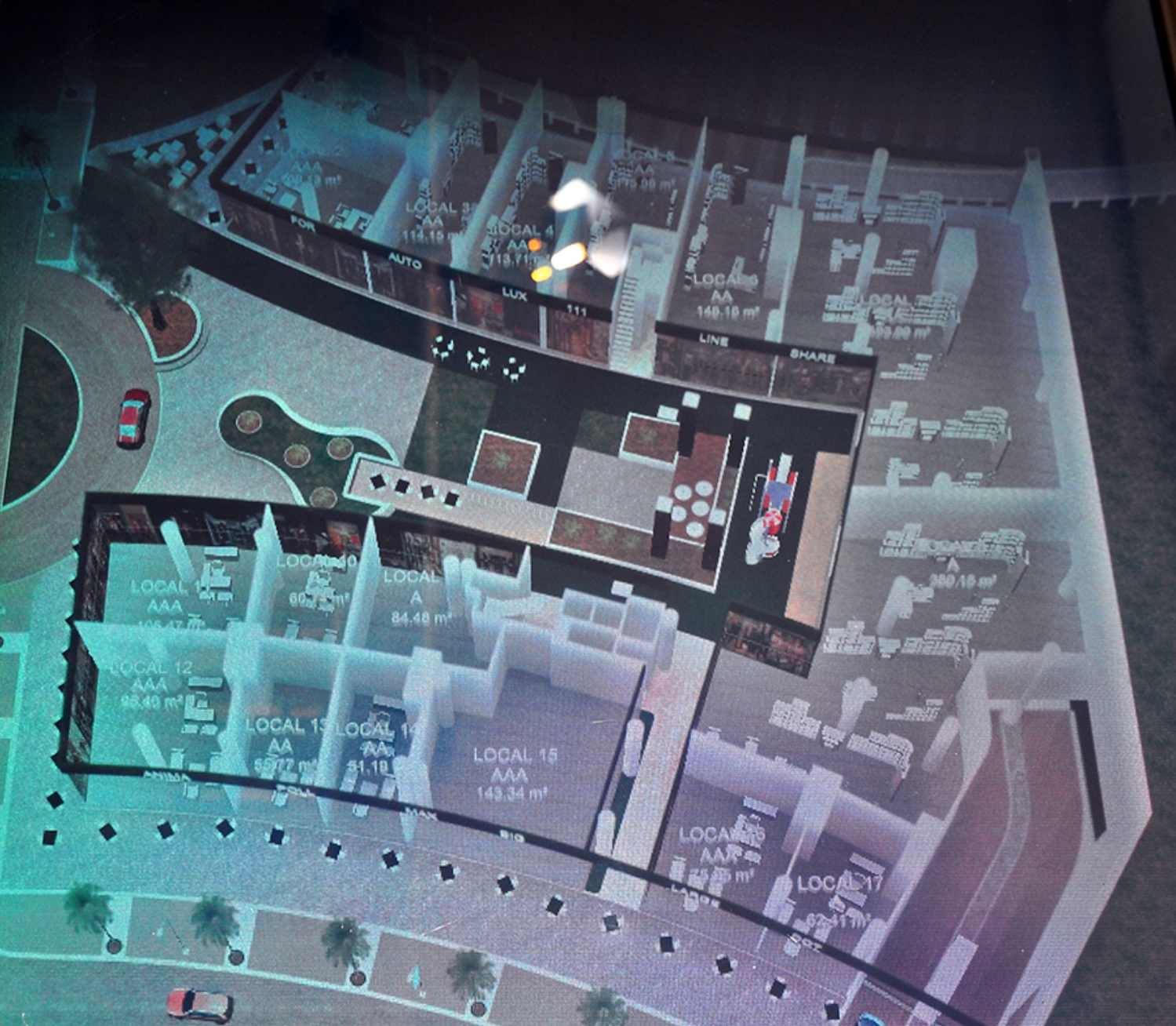
A hologram’s ability to recreate real-life terrain in fully examinable 3D makes the technology an important tool in military reconnaissance. Holographic maps of battle spaces, crowded urban settings, and rescue routes like those produced by Holotech Switzerland AG, enable the military to better visualize their missions and carefully plan their on-the-ground operations, keeping soldiers safe and steps ahead of the enemy.
The holograms are even being used in military training to simulate terrorist activity and line-of-sight sniper analysis, as well as evacuation and recovery planning and damage assessment in the event of a natural disaster or other destruction-causing events. Holotech uses imaging data to create 3D holographic sheets which can easily be stored and transported and require no additional tools to view, allowing the holograms to be used on the field rather than just in a planning facility.
Holograms Will Change The Way We Communicate
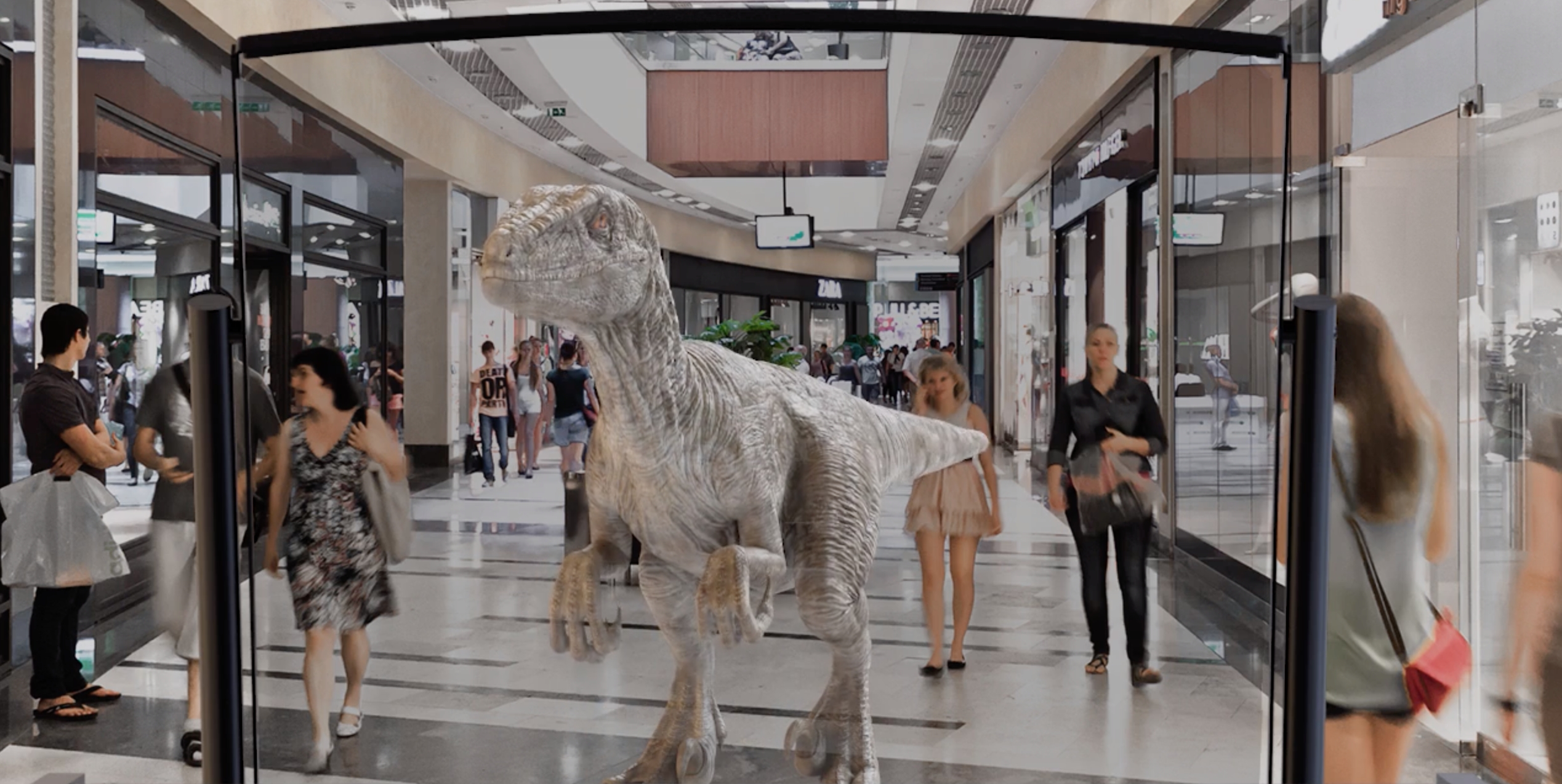
When Apple’s Facetime technology was first introduced in 2010 it felt like we had finally arrived at the type of future dreamed up by science fiction writers. The days of traditional telephones seem numbered as a new generation favors innovations in communication like texting and video calls to the traditional telephone.
Brilliant as Facetime is though, it’s still just a 2D image on a flat surface. That’s expected to change in the very near future as holographic technology continues to develop. Soon, phones will be able to produce full 3D telepresence — making things like Princess Leia’s transmission to Obi-Wan Kenobi in Star Wars: A New Hope a real-world possibility. Currently, hologram displays like DeepFrame are capable of mixing the real and virtual world to provide lifelike animations of any size and distance, which will give us some idea on what real life telepresence will look like in the near future.
DeepFrame layers digital content over a real-life physical space and creates the sensation of a virtual object appearing in reality — it’s basically the same tech that made Tupac’s digital resurrection at Coachella 2012 possible, only it has advanced considerably in the seven years since we first witnessed it. DeepFrame is currently being used to make museum exhibits more awe-inspiring and interactive, and creating more immersive social experiences in the retail space. We imagine that as costs lower and systems like DeepFrame become more convenient and portable, they’ll make their way into our smartphones, allowing us to transmit our presence in 3D and changing the way we communicate across distances forever.






